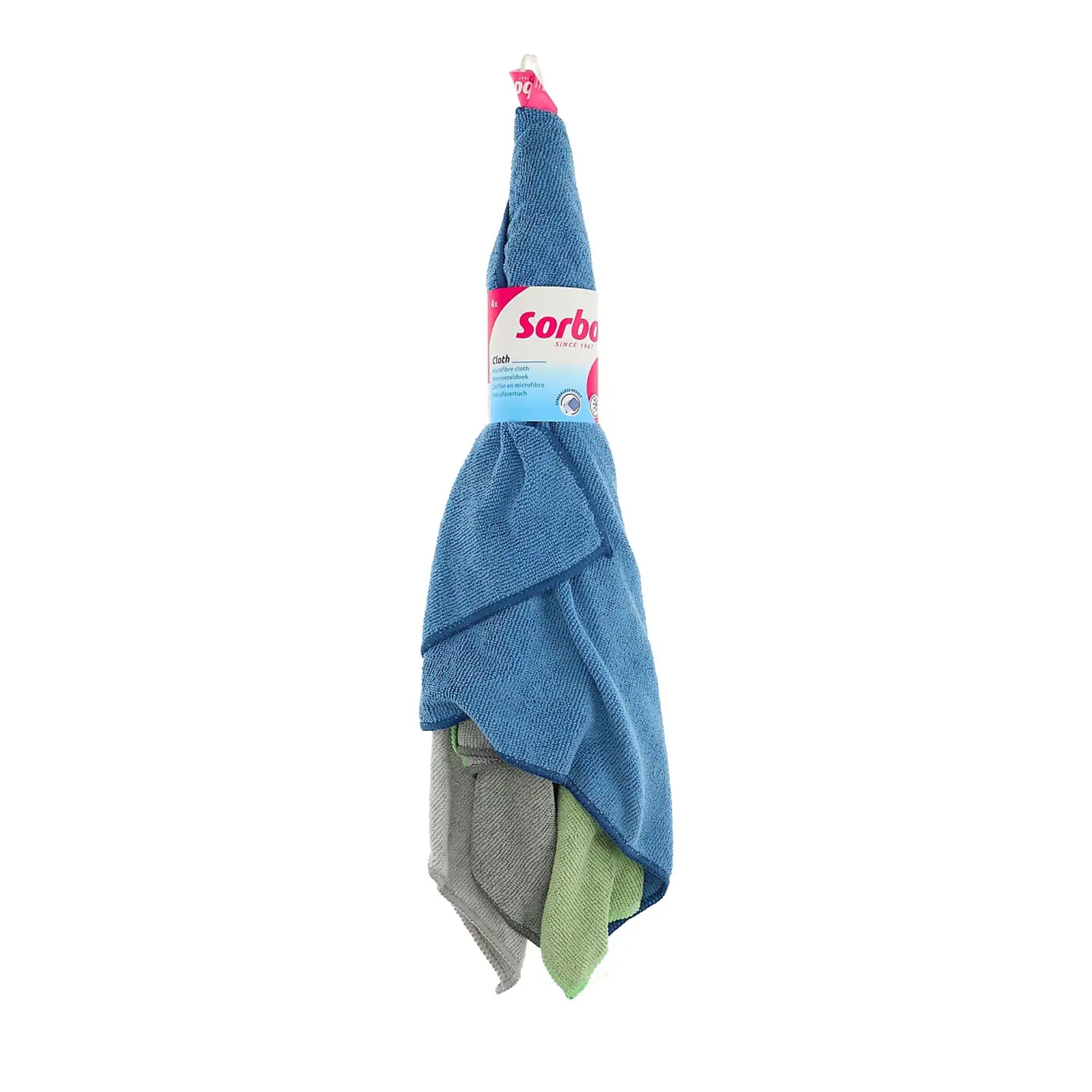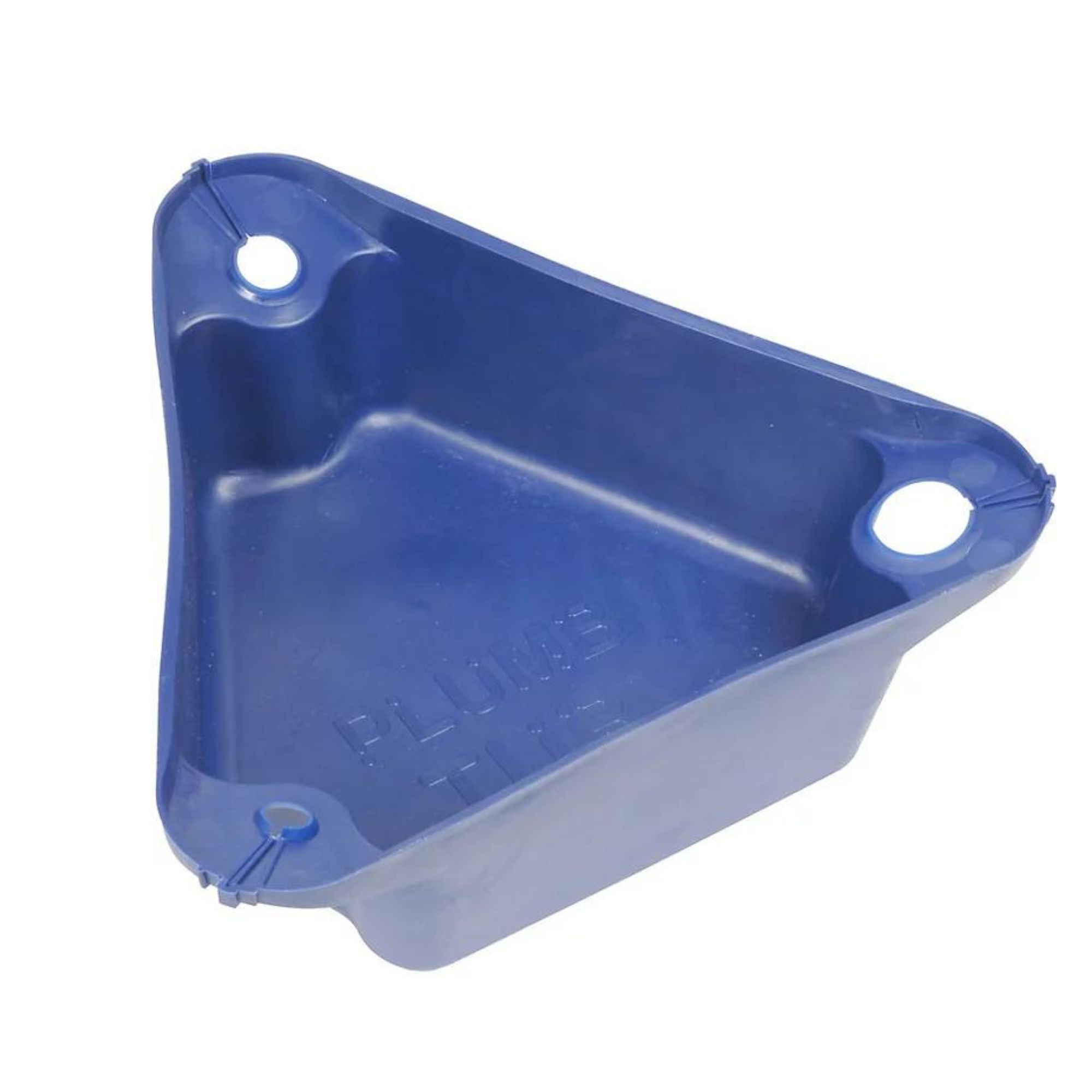How to bleed a radiator - the simple task to do now to make your heating run more efficiently this winter
Keep your house warm and your energy bills down this winter by bleeding your radiators
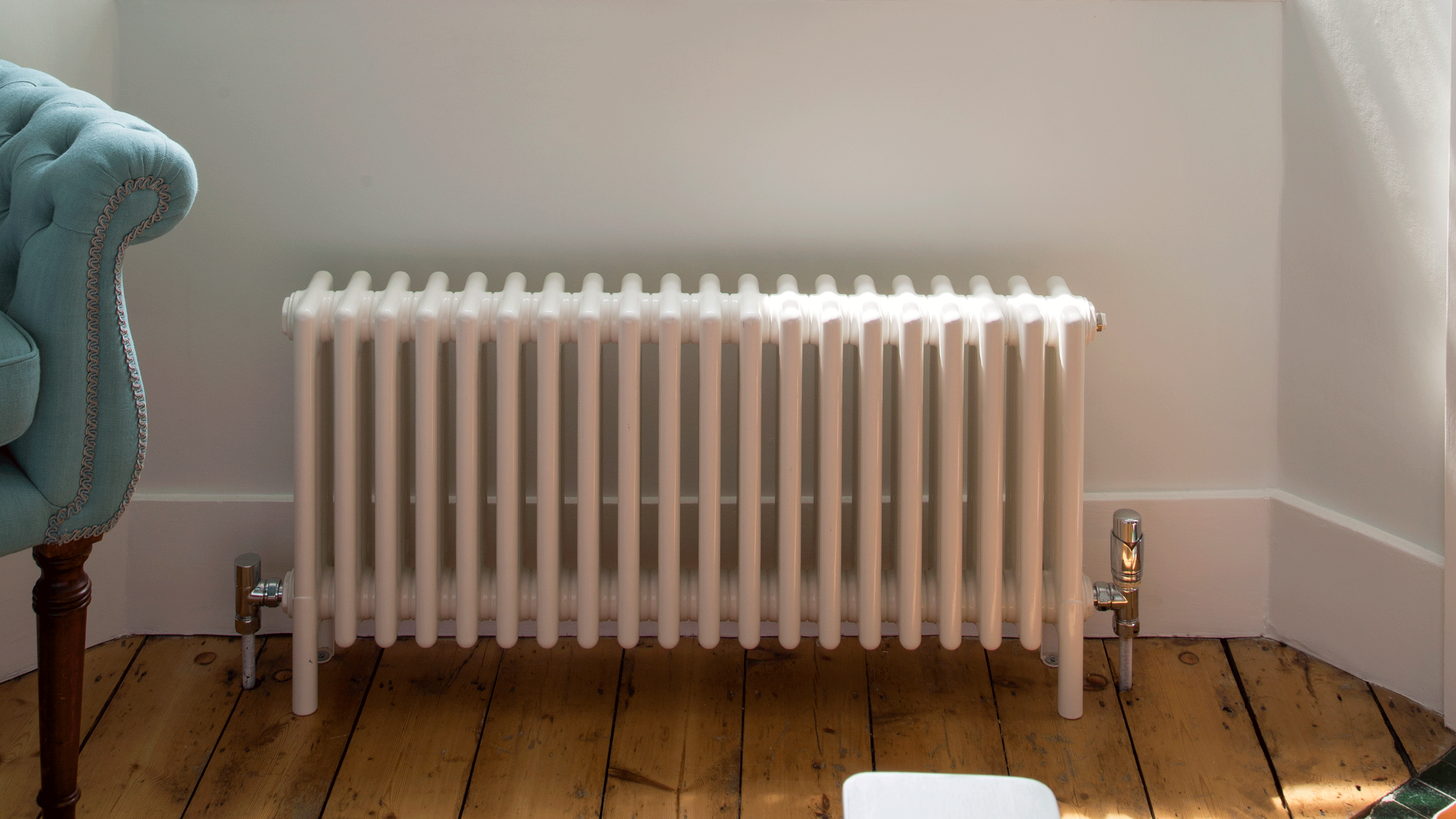
Even if you love the cold and crisp weather, there’s no doubt that the winter months bring many heating challenges. And if you’re worried about the state of your central heating system, you might want to learn how to bleed a radiator.
Yes, when the time finally comes to put your heating on for the first time, it’s important to keep your eyes peeled for any problems or concerns that could affect how you keep your house warm in winter and your energy usage. After all, energy bills are constantly changing (often for the worse), so you don’t want any issues to increase your payments. And trapped air in your radiators can do just that.
As Greg Richardson, Head of Marketing at Toolstation, explains, ‘Keeping your radiators well-maintained will save energy as they’ll function more efficiently. If your radiator is cold at the top but hot at the bottom, it means there's air in the system and it needs bleeding.' So, this is how to bleed a radiator.
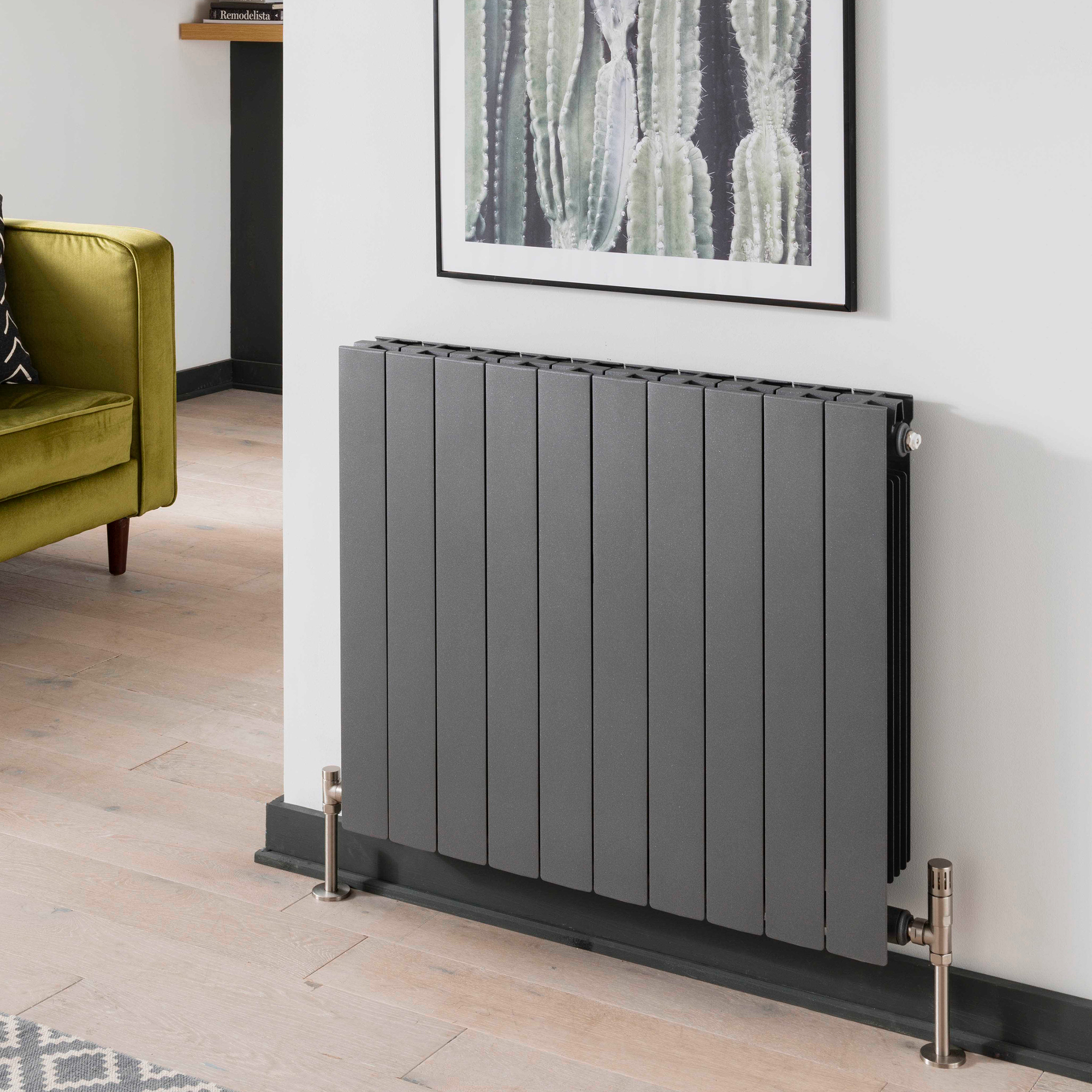
What you’ll need
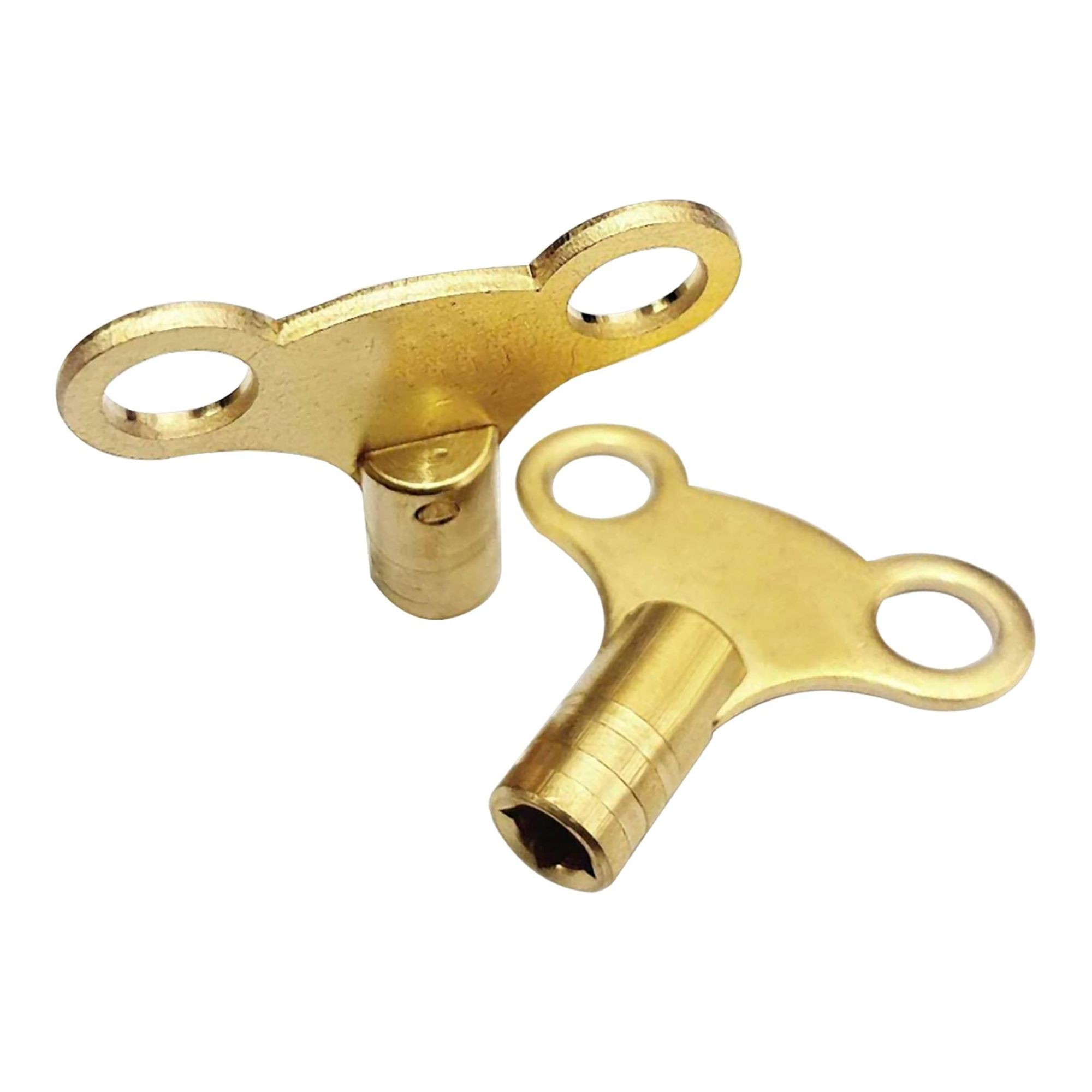
Although you can bleed a radiator without a radiator key, it's much easier if you have one to hand. One of these won't break the bank, either.
Step-by-step
1. Identify the radiators that need bleeding
If you’ve heard strange noises coming from your radiator or you know they’re not working as they should, it’s a good idea to bleed your radiators regularly. You don’t necessarily have to bleed all of them, though.
To check which radiators need bleeding, turn your heating on and let your radiators heat up. Then, check them for cold spots by running your hands along the top of them. Any that are hot at the bottom but cooler at the top probably have trapped air inside them and need bleeding.
Christian Engelke, Technical Director at Viessmann, also adds, ‘If you can hear gurgling sounds when your heating comes on, or if the radiator takes a long time to heat up, then it is likely there is trapped air. This is preventing the hot water from filling the radiator fully.'
However, it’s important to note that if your radiators aren’t heating up at all, you may have a bigger issue. It may be that you have a problem with your boiler, you have a leak in a valve, or you have a build-up of sludge at the bottom of your radiator.
Get the Ideal Home Newsletter
Sign up to our newsletter for style and decor inspiration, house makeovers, project advice and more.
But if your radiator still feels hot at the bottom, you’re safe to continue to the next step.
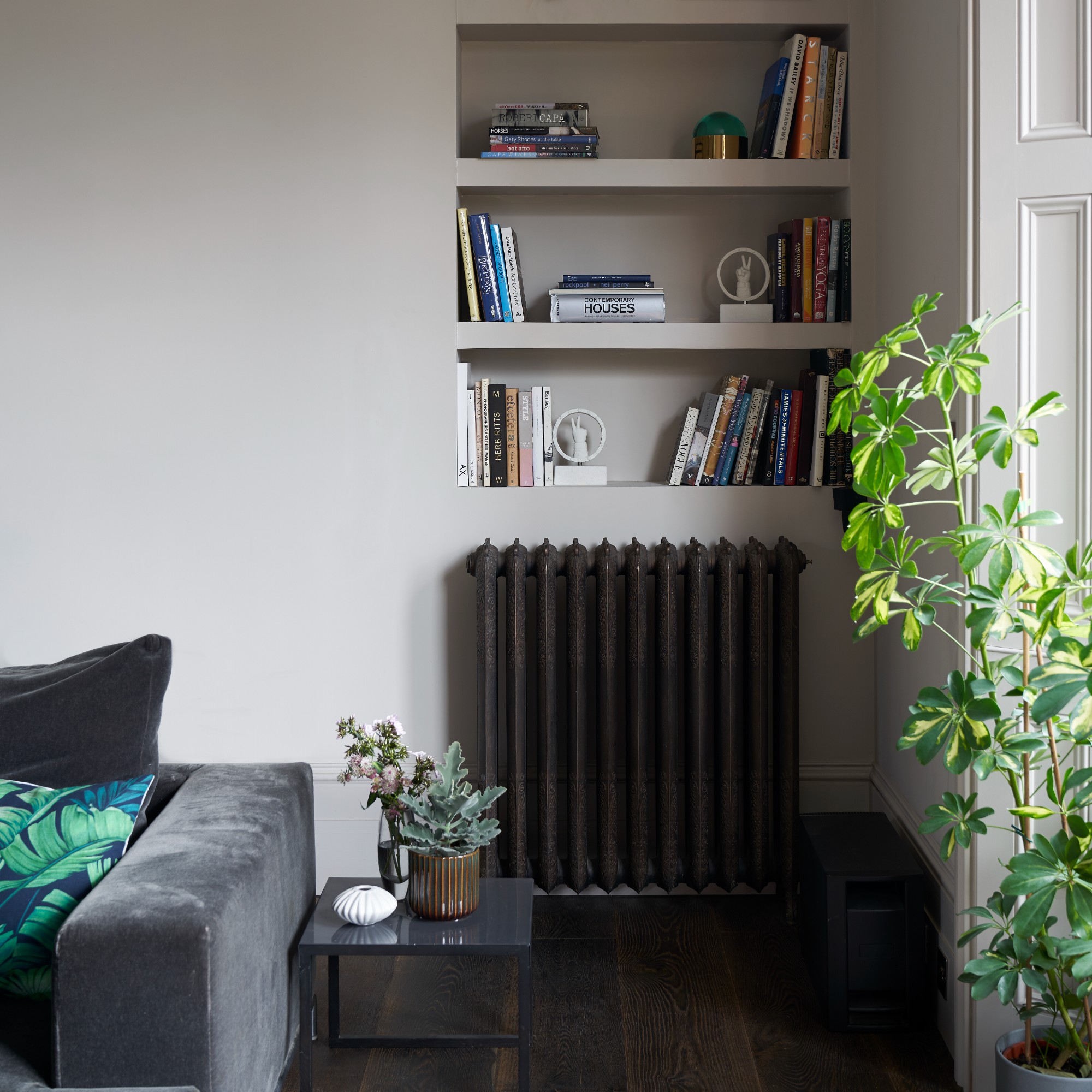
2. Turn your heating off
Once you know which radiators need bleeding, turn your central heating off and allow your radiators to cool down. This is important, or you risk covering the floor with water and scalding yourself.
While this step will take up more of your time, it’s important that you turn off your central heating before opening up any valves for your own safety and for the safety of your home.
3. Protect floors and walls
Bleeding a radiator can be a fairly messy business, especially if you have a stiff valve that requires some extra force to close. Because of this, it’s always a good idea to protect the area around you before you get started.
The easiest way to do this is to lie a towel on the floor to prevent any spillages. Then, wedge another behind the radiator to protect your wall from getting wet, too.
4. Locate the valve
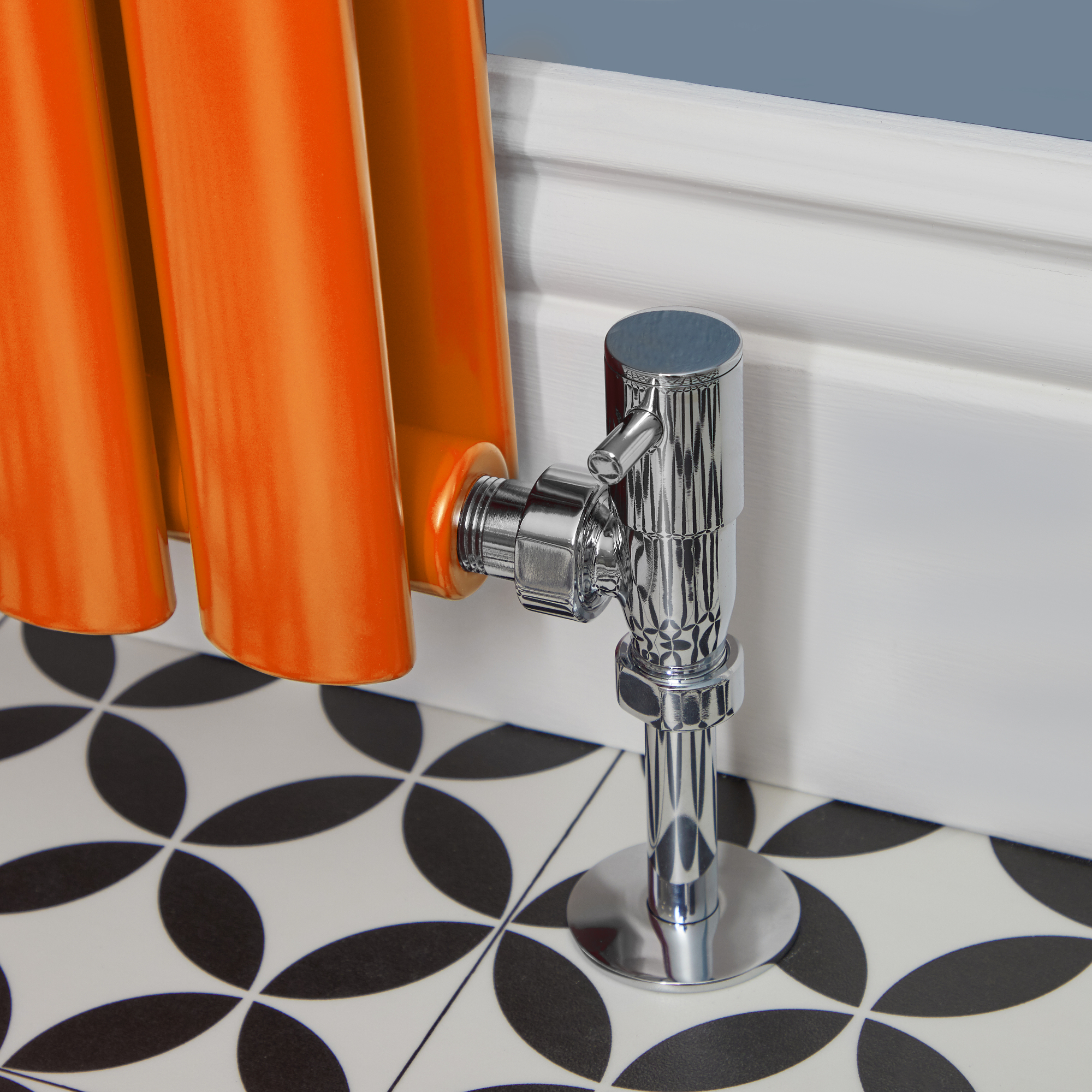
The radiator bleed valve is a small metal square or screw found inside the surrounding nut. It will be located on one side of the radiator, often towards the top.
5. Open the valve
Next, put the bleed key into the valve. You should feel them lock together. Have your cloth ready to shield your hand and a small bowl to catch any small drops of water.
Slowly turn the key anti-clockwise about a quarter turn. You will hear a hissing or gurgling sound as any trapped air escapes. 'Never open the valve fully because once you bleed air from the radiator water will come rushing out', says Christian Engelke, Technical Director, Viessmann.
Continue to hold the radiator bleed key until the air stops coming out. When the first trickle of water appears, close the valve by turning the key clockwise.
6. Finish up
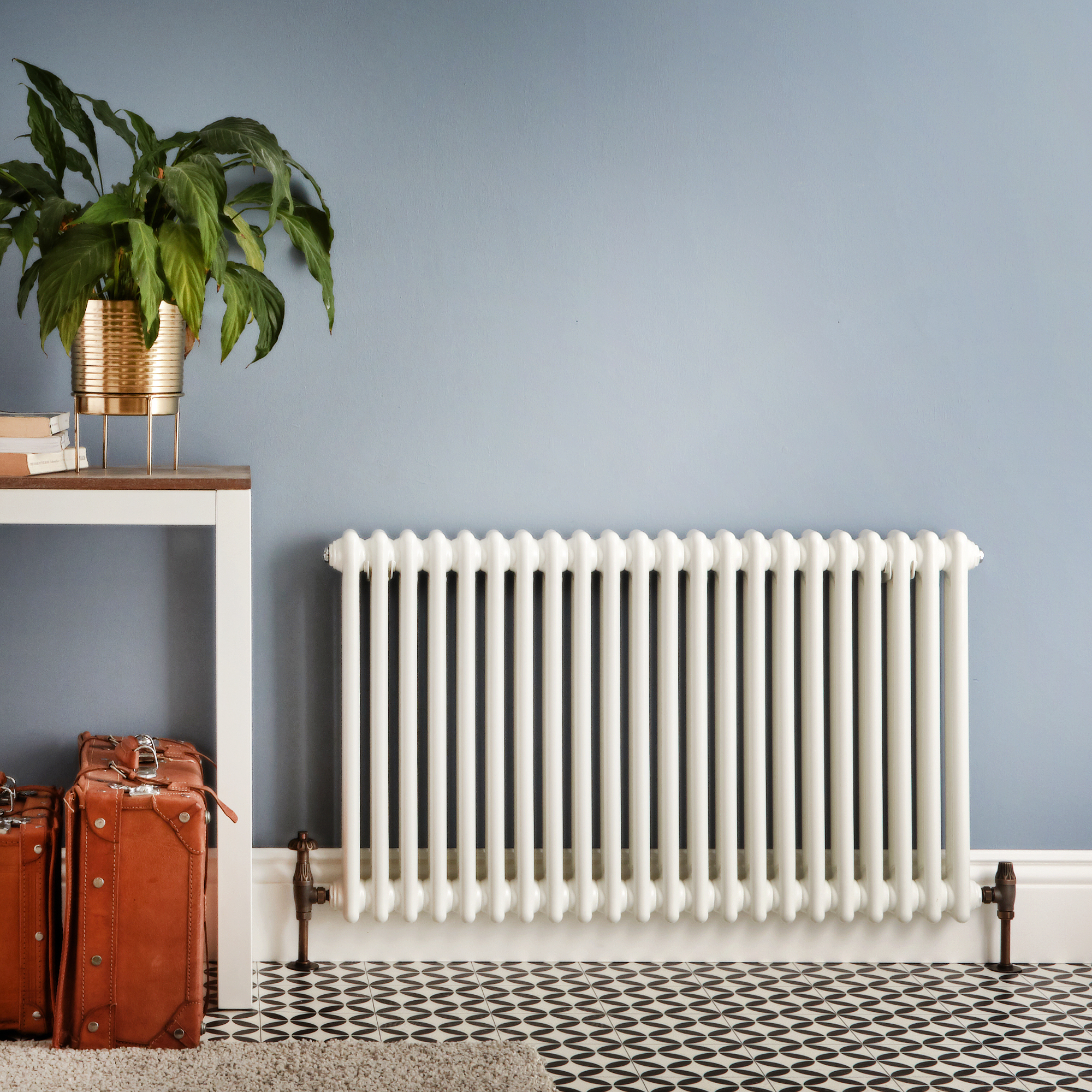
When you close the valve, ensure it is nice and secure without overtightening it. Remove the key and wipe away any water that’s escaped to stop the radiator rusting.
7. Repeat and reheat
Repeat this process on any other radiators in the house that need bleeding. It should only take around 20 to 30 seconds to bleed a single radiator.
'Once you have completed the task of bleeding all your radiators, you may need to re-pressurise your heating system', says Christian from Viessmann. 'If the needle gauge on your boiler has dropped from green to yellow, you'll need to locate the central filling loop connected to your boiler, which looks like a tap. Turn the tap to slowly readjust the pressure.'
Once your boiler's pressure is back up, turn the heating on. The cold spots in your radiators should have disappeared.
Why should you bleed your radiators?
Of course, knowing how to bleed a radiator is essential information to get the job done, but it’s also important to understand why you should do so in the first place.
Parv Sanegra, Managing Director at City Plumbing explains, 'Radiators with trapped air in can be a big problem, as it means that your heating system will have to work harder than it needs to in order to reach the desired temperature. This will mean that you are using excess energy, and spending money you don’t need to.'
But that’s not all. Aside from heating efficiency, leaving trapped air inside your radiators could go on to cause problems with your boiler further down the line. And you probably don’t want to replace your boiler if you can help it.
'Failing to bleed a radiator can cause internal corrosion and damage parts linked to the boiler', says Jessica Steele, Heating Technology Specialist at BestHeating. 'So it's important to bleed radiators around the home yearly.'
However, if you're still experiencing issues after bleeding your radiator, it might be worth looking into how to flush a radiator, so you can make sure you're getting the most from your central heating this winter.

FAQs
Can you bleed a radiator when the heating is on?
No, you should never bleed a radiator while the heating is still on, as this is extremely dangerous. Greg Richardson from Toolstation adds, ‘When bleeding a radiator, the first step is always to turn off your central heating and allow your radiators to cool down.’
It's very important to turn off your heating before you begin bleeding a radiator, to minimise the risk of burning yourself. The radiators fill with hot water when the heating is on, and as some water usually escapes during the bleeding process, it's essential that this is at a cool temperature.
'Be patient and allow the radiators to cool down before you begin, as the last thing you want is to have hot water burn you when trying to bleed the radiators', adds Jessica from BestHeating.
How often do you need to bleed your radiator?
It is best practice to bleed radiators at least once a year to release any trapped air in the system. This simple task will ensure your radiators are working more efficiently, preventing any problems occurring with your boiler – caused by air pockets.
And while you can do this at any point of the year, it’s suggested that you bleed a radiator just before you plan on turning the heating on for winter.
Brett Cullen, Head of Content and Brand at Plumbworld, says, ‘It’s important to bleed your radiators once a year when it starts to get cold, usually during the autumn. Bleeding your radiators will ensure they warm up fully, work efficiently and reduce the strain on your boiler. Bleeding a radiator can help to prevent other issues with your heating system and boiler, making it a fantastic cost-saving solution.’
How much water should come out when bleeding a radiator?
It’s important to understand the difference between bleeding and flushing a radiator. As your main aim when bleeding a radiator is to release trapped air, you should find that only a small amount of water should come out.
As soon as you spot the first few drops or trickles of water coming out of the valve, this is a sure sign that the process has been successful and that all of the trapped air in your radiator has been released. So, you can finish there.
Well, there you have it. Now that you know how to bleed a radiator, you can keep your heating system in full working order this winter.
Tamara was Ideal Home's Digital Editor before joining the Woman & Home team in 2022. She has spent the last 15 years working with the style teams at Country Homes & Interiors and Ideal Home, both now at Future PLC. It’s with these award wining interiors teams that she's honed her skills and passion for shopping, styling and writing. Tamara is always ahead of the curve when it comes to interiors trends – and is great at seeking out designer dupes on the high street.
- Katie SimsContributor
- Lauren BradburyContent Editor (House Manual)
-
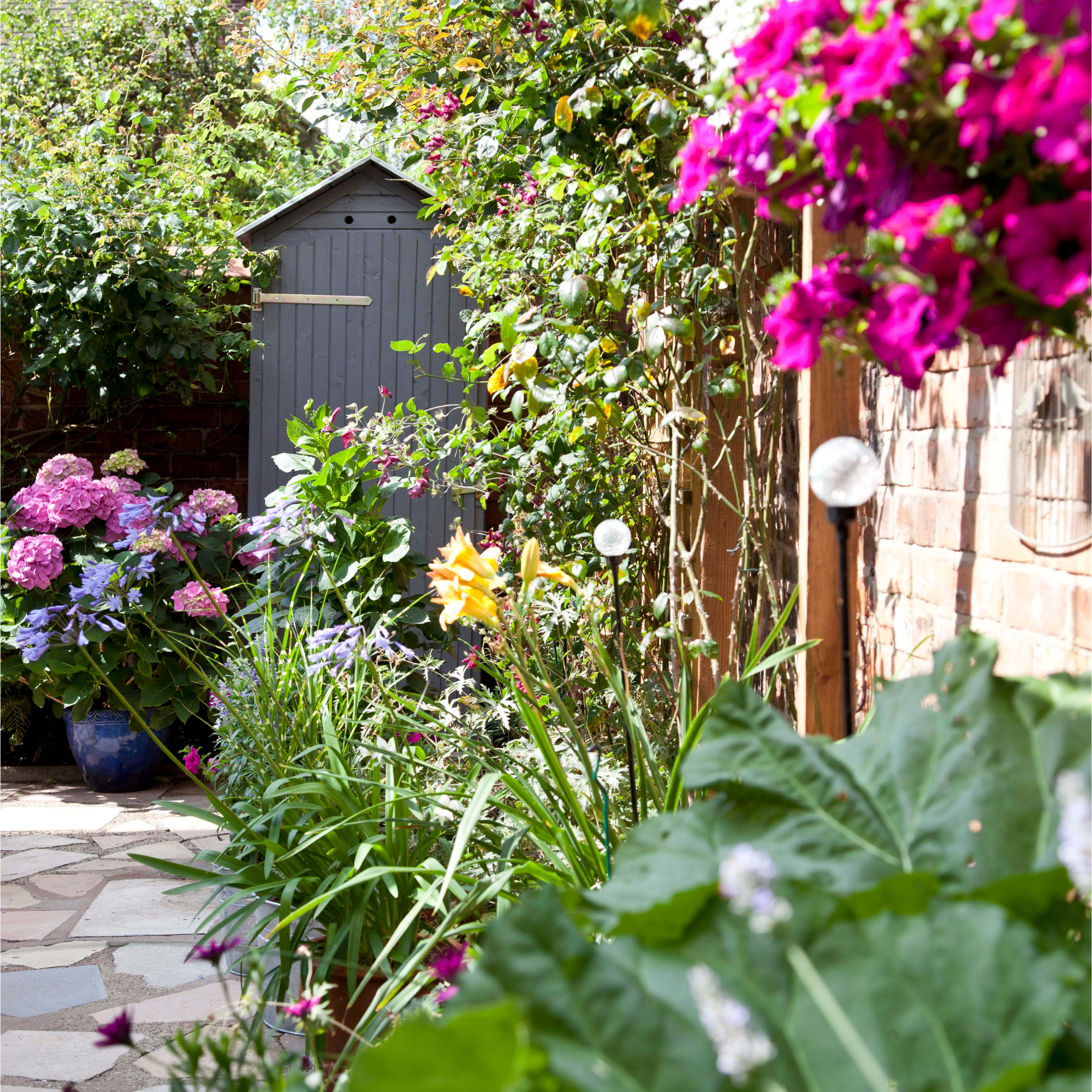 Small garden shed ideas – 5 ways to make the most of this garden building without compromising on space
Small garden shed ideas – 5 ways to make the most of this garden building without compromising on spaceThere's a shed for every garden size – even the tiniest ones!
By Sophie King
-
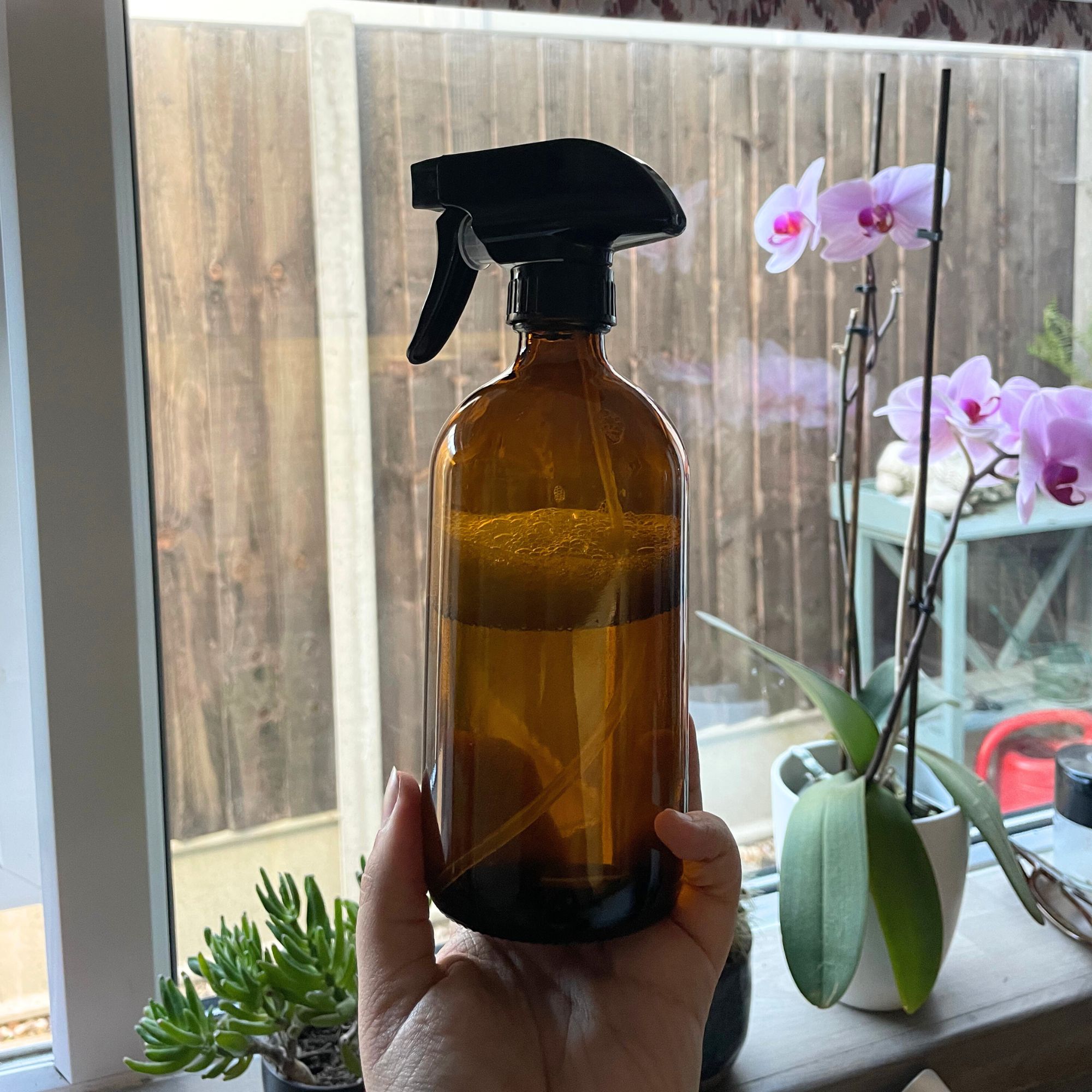 My mum introduced me to Nancy Birtwhistle’s ‘Pure Magic’ recipe - now I don’t think I’ll need to buy another cleaning product ever again
My mum introduced me to Nancy Birtwhistle’s ‘Pure Magic’ recipe - now I don’t think I’ll need to buy another cleaning product ever againI live in a hard water area, and it's the ONLY thing that's removed the limescale in my toilet
By Lauren Bradbury
-
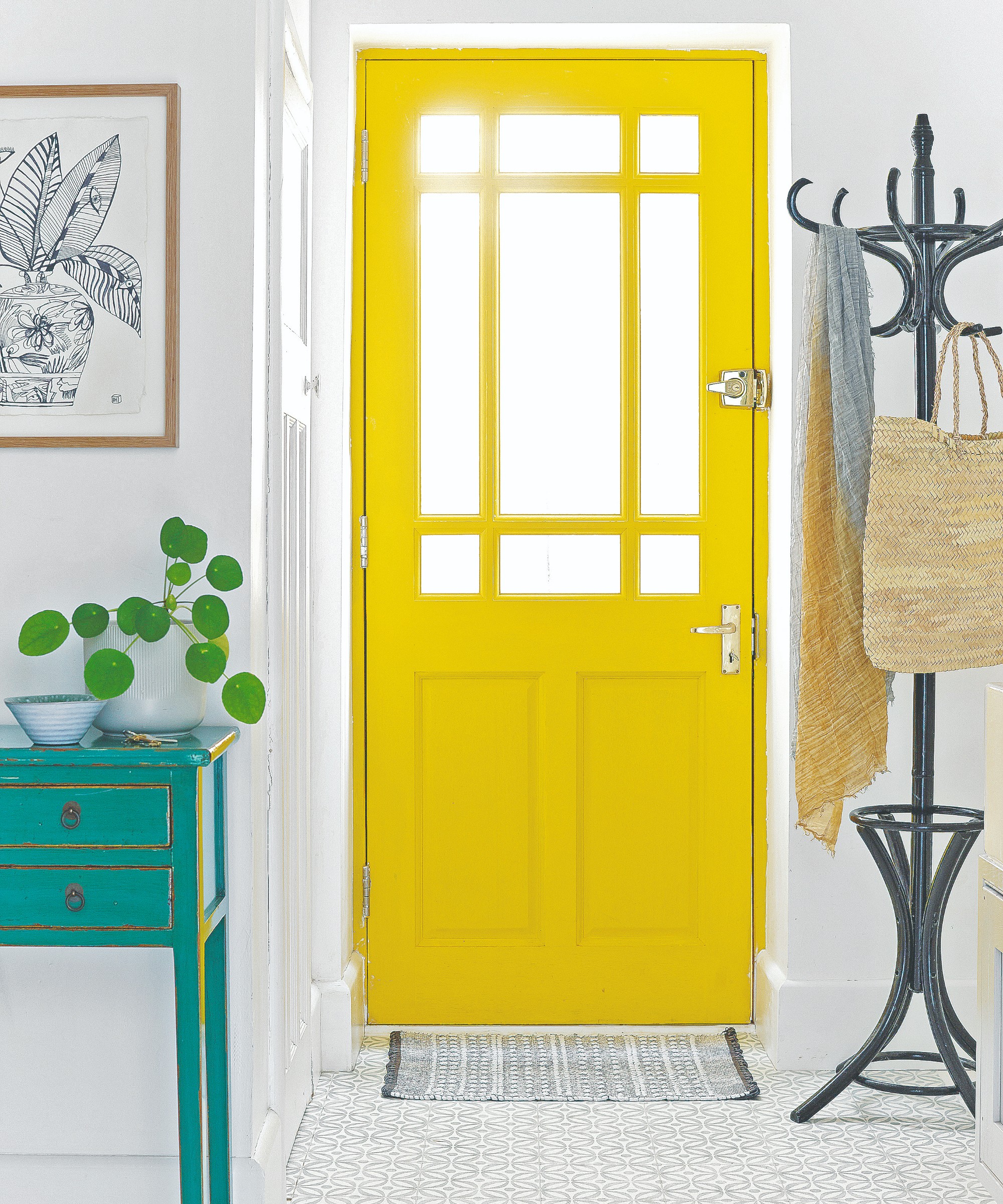 5 most welcoming colours to paint a front door, according to experts and colour psychology
5 most welcoming colours to paint a front door, according to experts and colour psychologySend out the welcoming vibes before the door is even open
By Ellis Cochrane
-
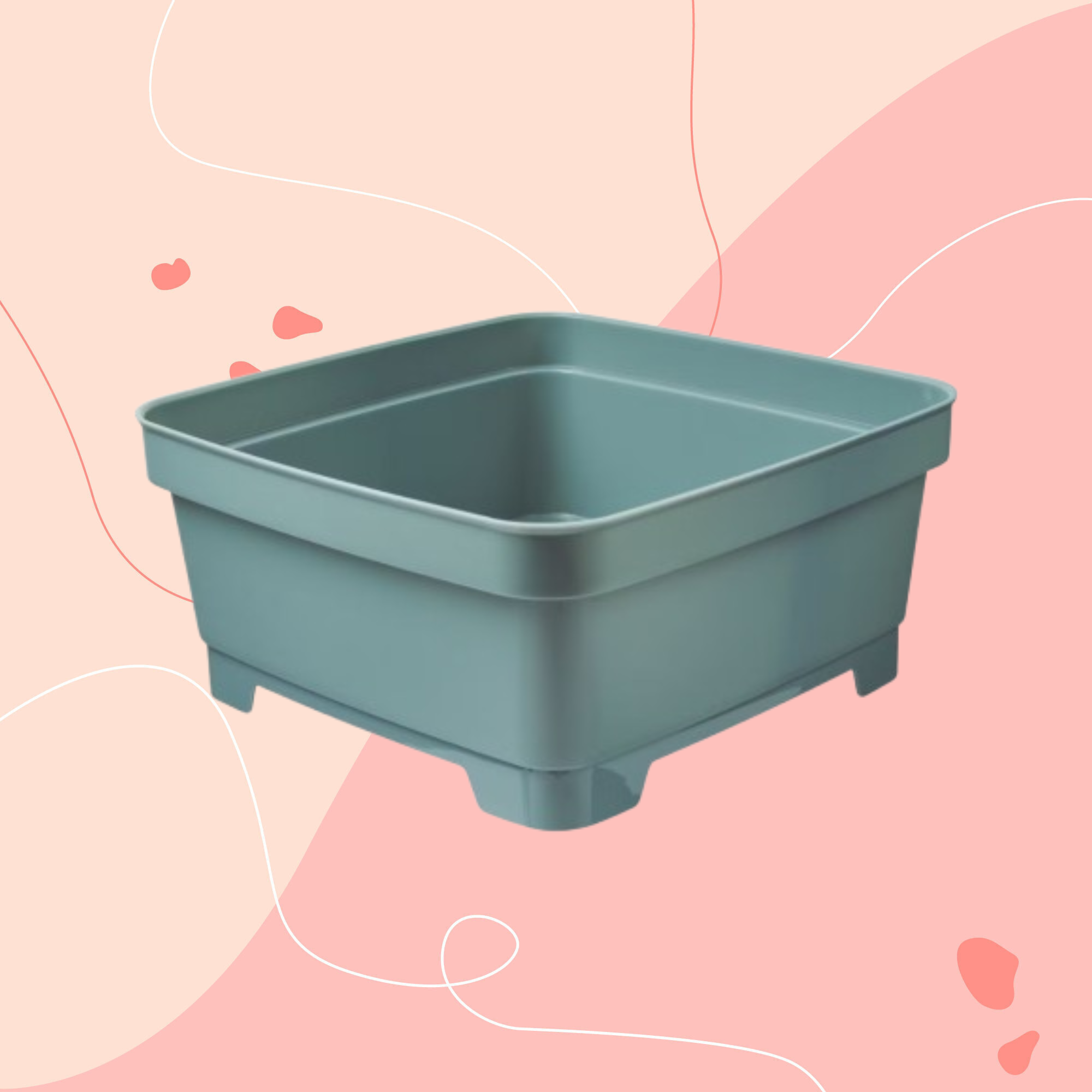 Aldi is releasing a budget alternative to the cult Joseph Joseph washing up bowl – it’s just £4.99
Aldi is releasing a budget alternative to the cult Joseph Joseph washing up bowl – it’s just £4.99The Joseph Joseph washing up bowl is an Ideal Home favourite - now we can't wait to try Aldi's alternative
By Kezia Reynolds
-
 I just bought my first home, and this £10 buy was the very first thing I bought for it to make it feel warmer and secure
I just bought my first home, and this £10 buy was the very first thing I bought for it to make it feel warmer and secureIf I did it all again, this would still be my very first buy
By Rebecca Knight
-
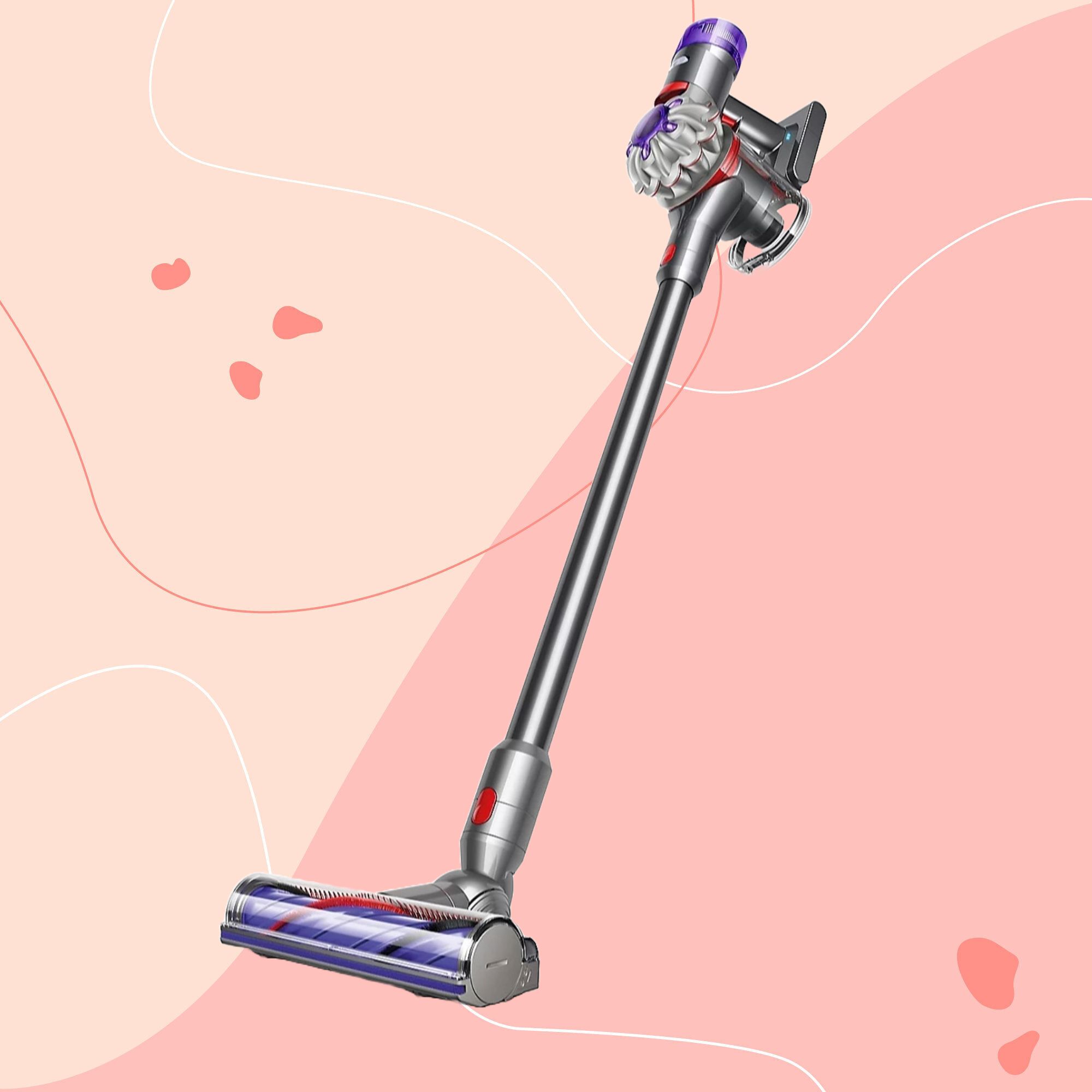 It’s normally impossible to find a Dyson vacuum for under £250 — but QVC has slashed the price of their bestselling models for a limited time
It’s normally impossible to find a Dyson vacuum for under £250 — but QVC has slashed the price of their bestselling models for a limited timeRun don’t walk to pick up the brand’s bestselling model for under £230 before it sells out
By Lauren Bradbury
-
 Catherine Zeta-Jones has revealed the cleaning product she swears by to keep her home fresh - and it’s just £8 on Amazon
Catherine Zeta-Jones has revealed the cleaning product she swears by to keep her home fresh - and it’s just £8 on Amazon'I use it on my counters. I use it on my walls. I use it on my doors. When I smell it, I know my house is clean.'
By Kezia Reynolds
-
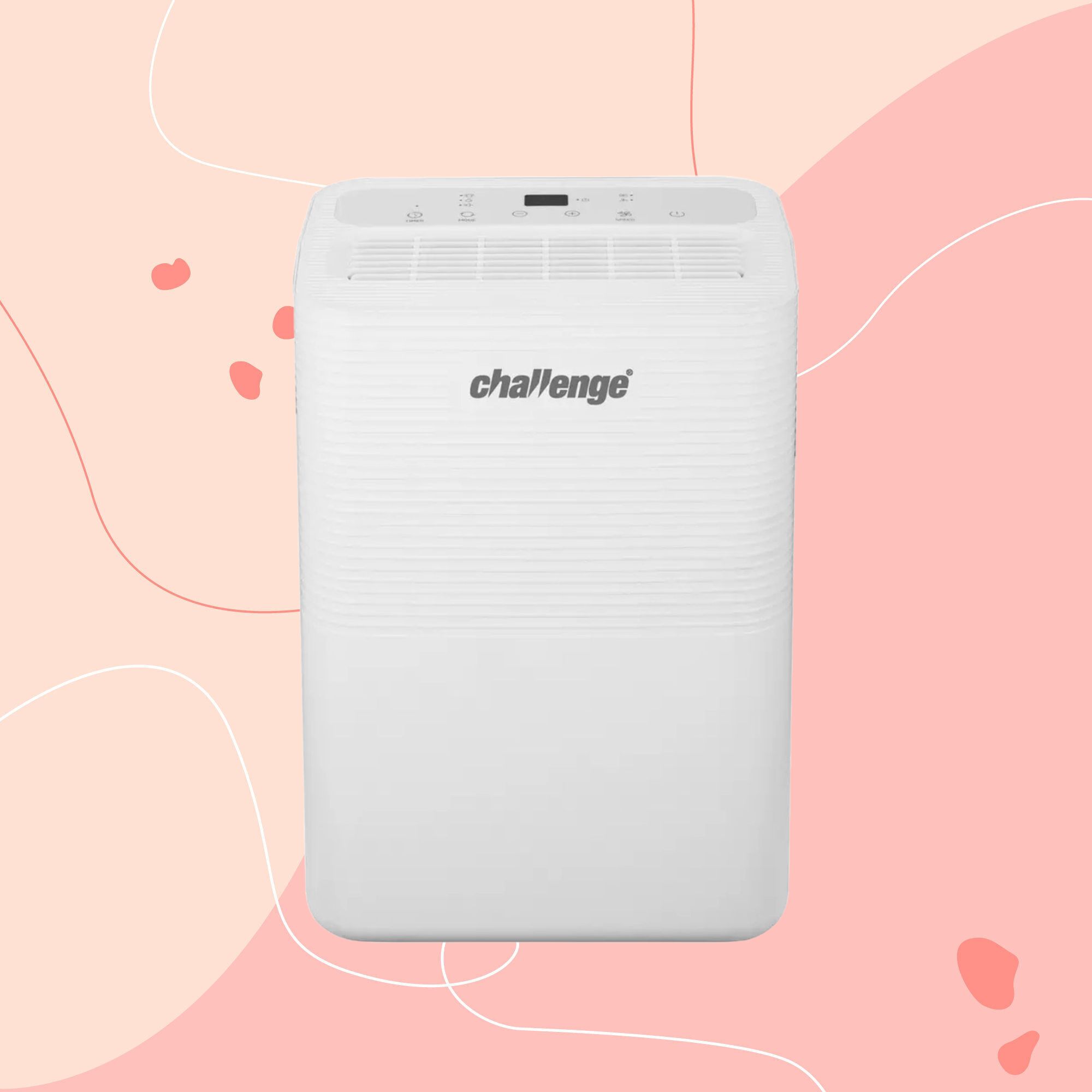 I tested the 12L Challenge dehumidifier in my damp Victorian home over winter — I haven’t spotted any signs of mould for the first time in five years
I tested the 12L Challenge dehumidifier in my damp Victorian home over winter — I haven’t spotted any signs of mould for the first time in five yearsThe Challenge 12L dehumidifier doesn’t have too many bells and whistles, but I can already see the difference it’s made to my damp home
By Lauren Bradbury
-
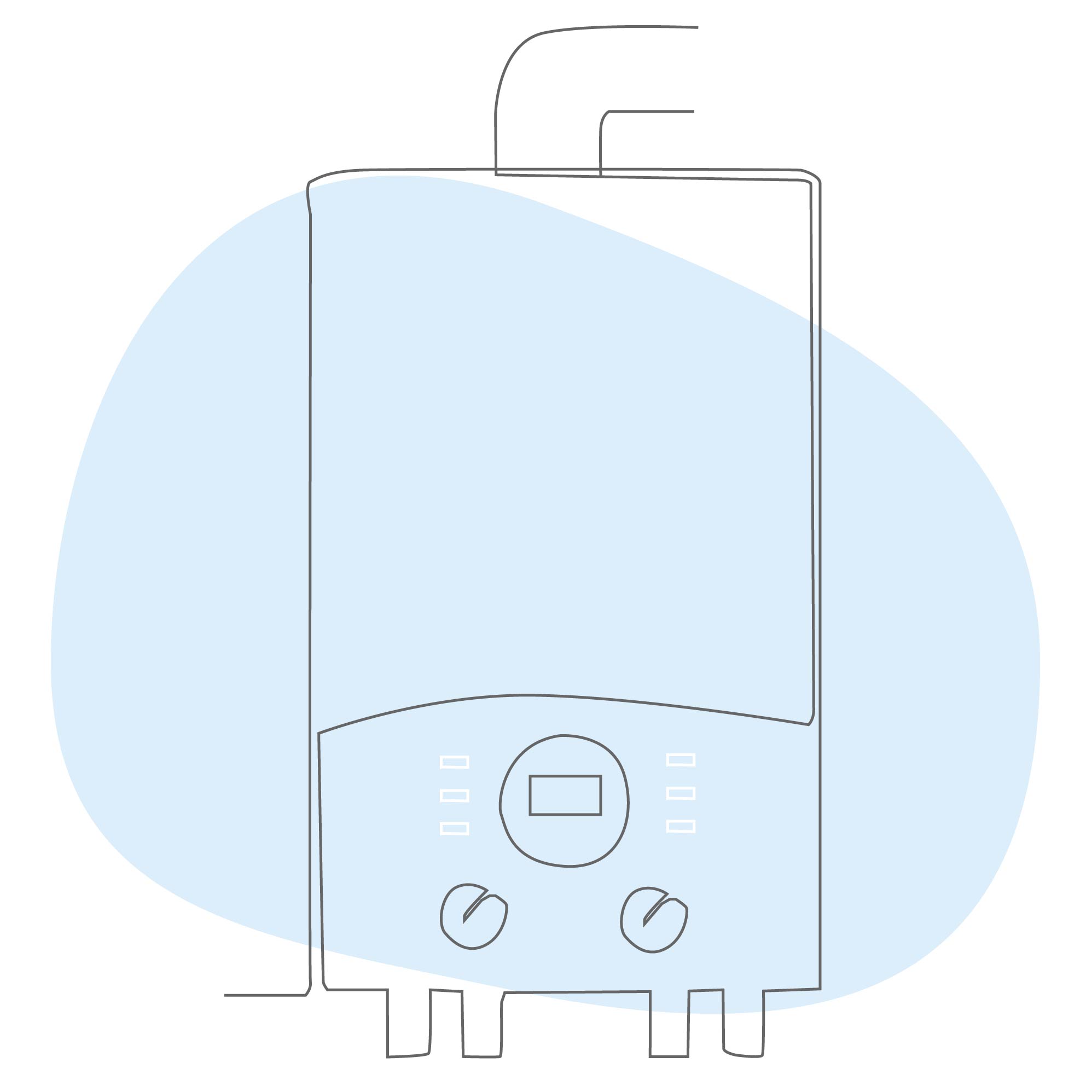 What is boiler flow temperature? Heating experts urge you to check yours now as you could be overpaying on your energy bills
What is boiler flow temperature? Heating experts urge you to check yours now as you could be overpaying on your energy billsTurning this little-known number down just a few degrees can result in some serious savings
By Lauren Bradbury
-
 Stacey Solomon has shared 5 nifty wardrobe storage hacks to make getting ready in the morning easier — and they're genius
Stacey Solomon has shared 5 nifty wardrobe storage hacks to make getting ready in the morning easier — and they're geniusThese five wardrobe storage hacks are a gamechanger
By Katie Sims
-
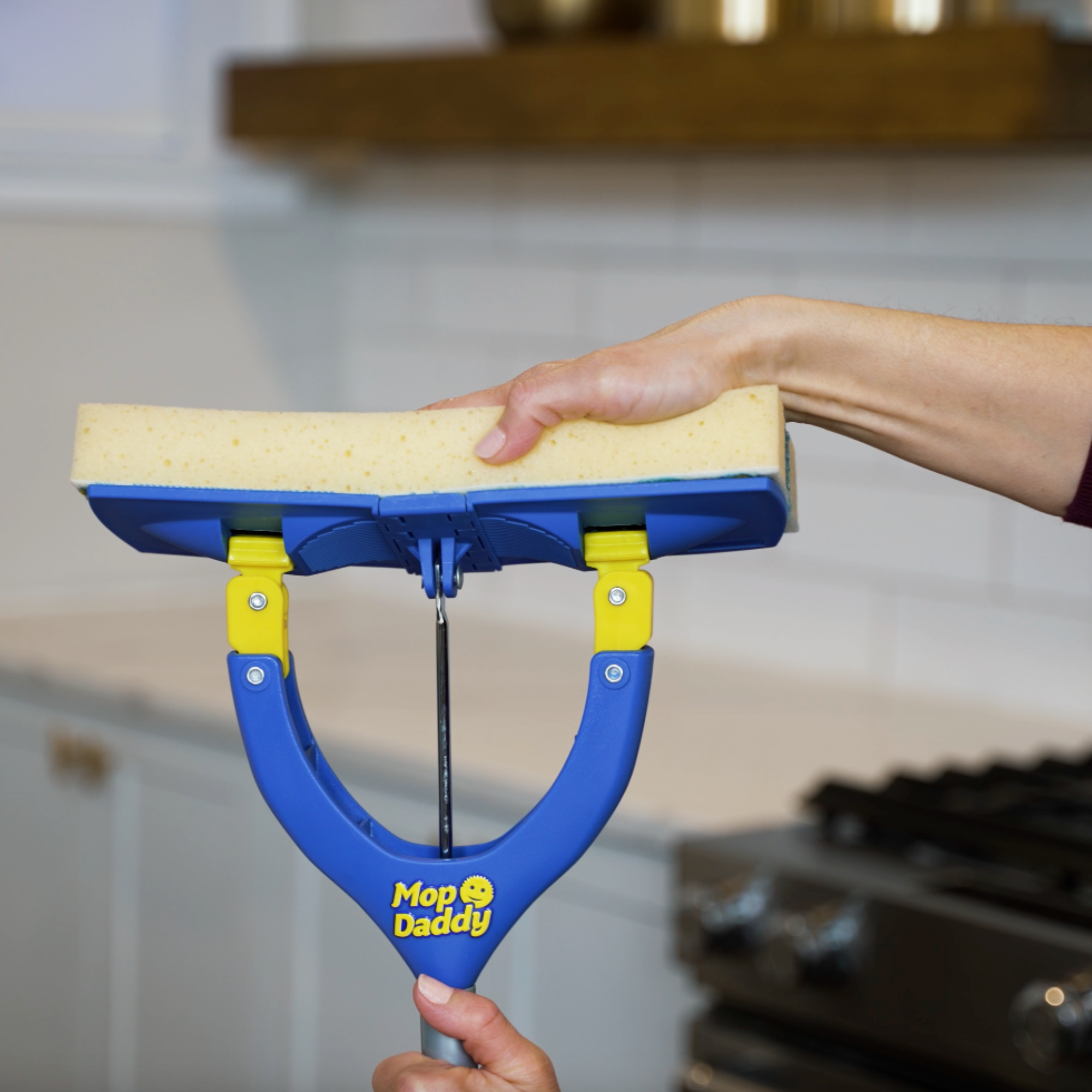 Cult cleaning brand Scrub Daddy has just launched a brand new butterfly mop — could it be the ultimate solution for banishing stubborn marks on your floor?
Cult cleaning brand Scrub Daddy has just launched a brand new butterfly mop — could it be the ultimate solution for banishing stubborn marks on your floor?We're obsessed with all things Scrub Daddy
By Kezia Reynolds
